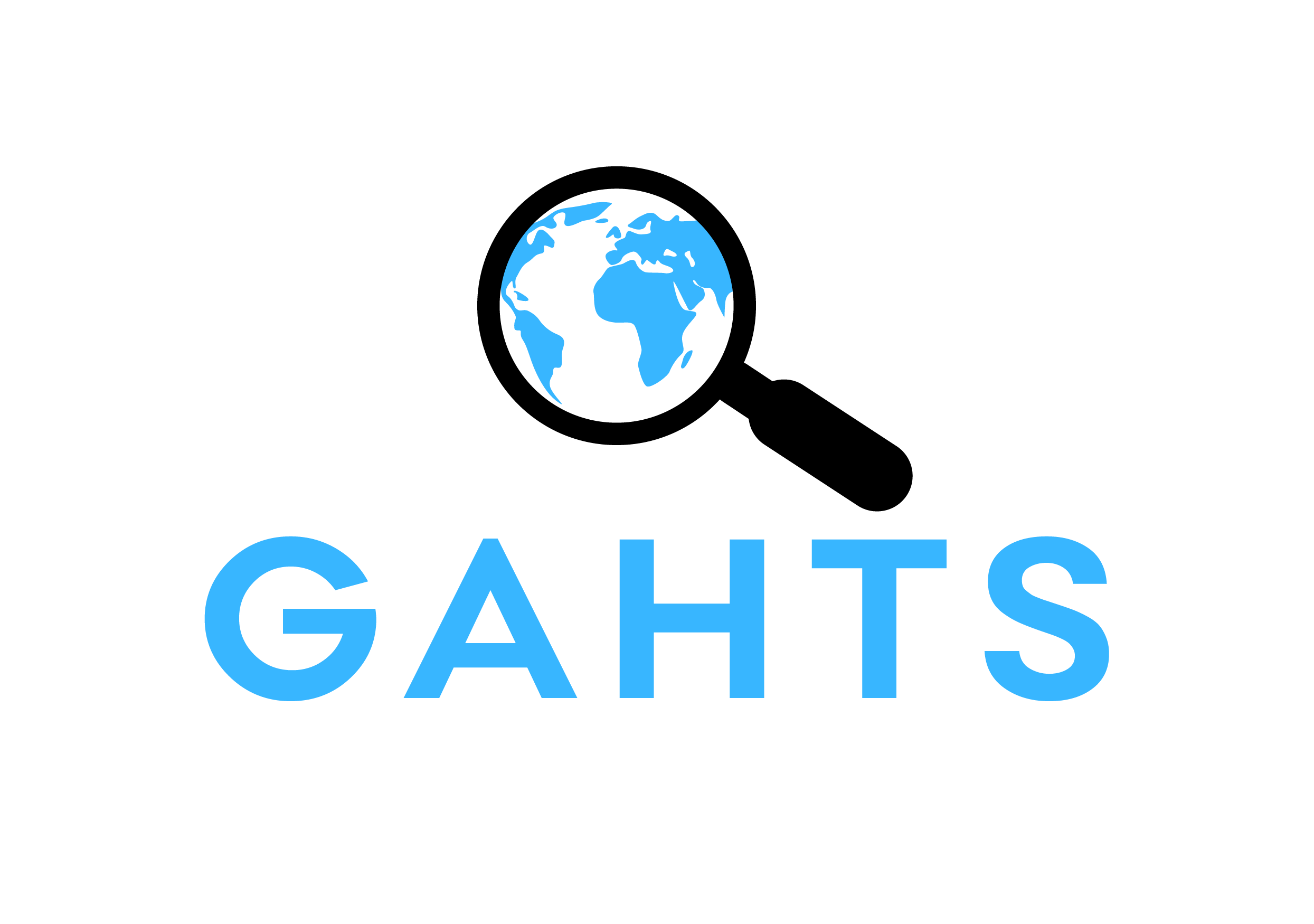Child Labor and Sex Trafficking
Author: Greenbaum, Jordan
Abstract: Regardless of their practice setting or subspecialty, pediatricians are likely to encounter children who have experienced sex or labor trafficking or who are at risk for exploitation. Only 24.1% of health professionals in one study reported receiving previous training on human trafficking; after a brief presentation on the topic, 39.6% indicated that they knew or suspected they had cared for a trafficked person in the past 3 months. Trafficked and exploited children can present with myriad physical or mental health conditions; most have experienced repeated, significant trauma; and few are likely to spontaneously disclose their exploitative situation. As a result, clinicians face challenges in recognizing and appropriately responding to potential human trafficking. Knowledge of common risk factors and potential indicators of exploitation can assist the pediatrician in recognizing affected and at-risk youth. However, health professionals report that existing training tends to focus on general information about trafficking, with relatively little time spent discussing the specifics of the trauma-informed approach to patient interactions. Given the critical importance of building patient trust, empowering patients to share their concerns, and engaging them in their own care and safety planning, this article focuses on the practical aspects of working with trafficked and exploited children. A brief overview of human trafficking is followed by an extensive discussion of rights-based, culturally sensitive, trauma-informed strategies for interacting with vulnerable patients.
Keywords: child labor, health care, human trafficking, labor, mental health, sex trafficking, wounds and injuries, community, statutes and laws, fear
